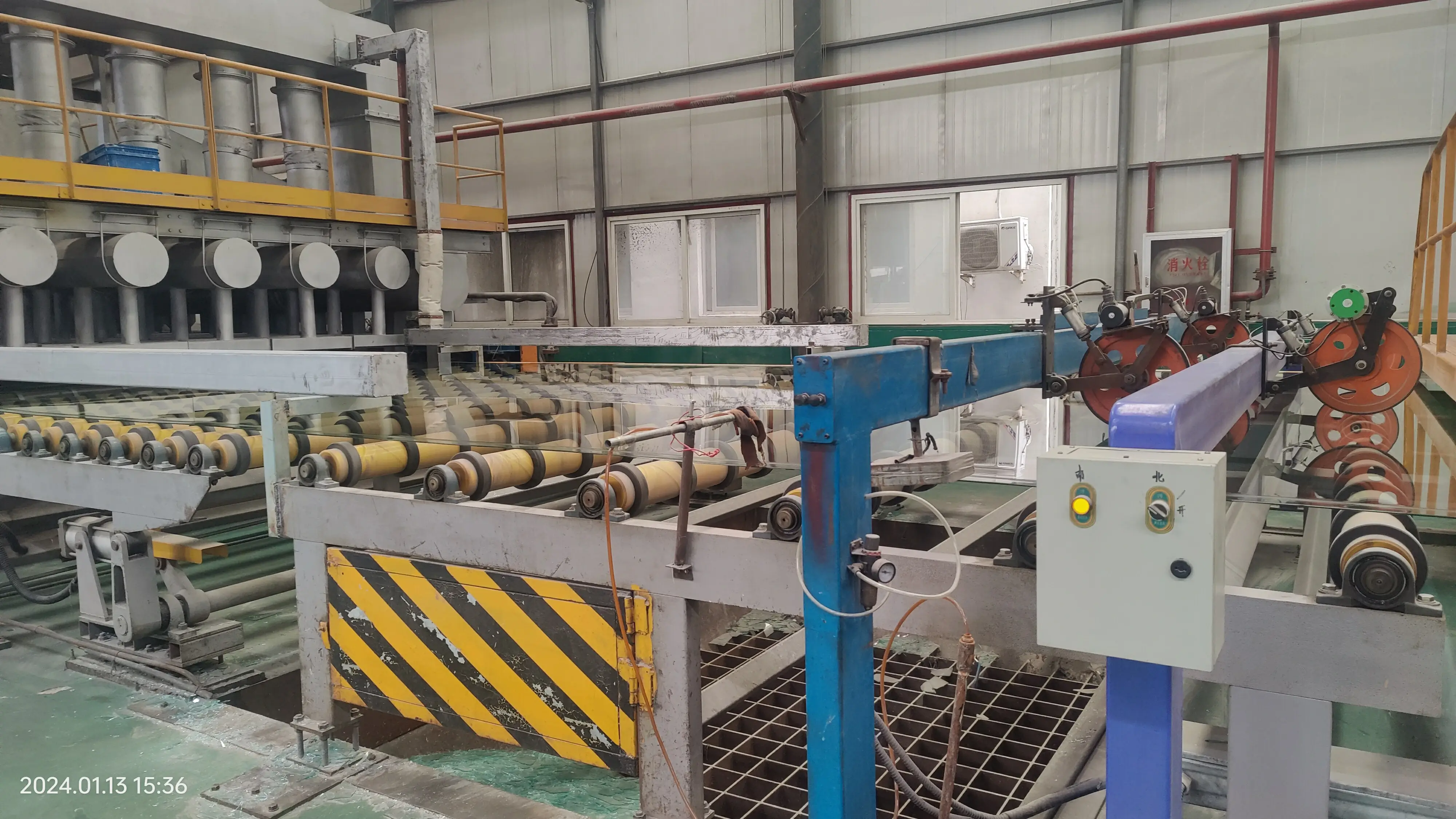

Understanding IGU (Insulated Glass Unit) A Comprehensive Overview
Insulated Glass Units (IGUs) have become a fundamental component of modern architectural design and energy efficiency. With increasing emphasis on sustainability and energy conservation in the building sector, understanding the specifications, advantages, and applications of IGUs is critical for architects, builders, and homeowners alike.
What is an IGU?
An Insulated Glass Unit consists of two or more glass panes separated by a spacer and sealed to create an air space between them. This construction significantly reduces heat transfer, which makes IGUs highly effective in maintaining comfortable indoor temperatures and reducing energy consumption. The air space between the panes can be filled with argon or krypton gas, both of which offer superior insulation properties compared to regular air.
Components of IGUs
1. Glass Panes Typically, the panes used in IGUs are either tempered or float glass, selected based on the intended application. The thickness of the glass can also vary to enhance strength and insulation quality.
2. Spacers The spacer bars, usually made from aluminum or other materials, keep the panes apart. They also play a critical role in preventing condensation and energy loss.
3. Sealants The edges of the IGU are sealed with durable material to ensure that the air space remains free from moisture and contaminants. This is crucial for maintaining the insulating properties over time.
4. Gas Fill As mentioned, many IGUs are filled with inert gases. This enhances their thermal performance and helps reduce sound transmission.
Advantages of IGUs
1. Energy Efficiency One of the most significant advantages of IGUs is their ability to improve energy efficiency. By reducing heat flow, they help maintain comfortable indoor environments, leading to lower heating and cooling costs.
2. Sound Insulation The air space and the multiple layers of glass can significantly reduce noise pollution, making IGUs ideal for buildings in busy urban environments.
3. UV Protection IGUs can be manufactured with low-emissivity (Low-E) coatings that reflect UV rays, protecting furnishings, flooring, and artwork from fading.

4. Condensation Control The sealed unit helps minimize condensation on window surfaces, which can lead to mold and mildew problems.
5. Versatility IGUs can be customized in terms of size, shape, and glass type to meet the specific design requirements of any project, making them suitable for residential and commercial applications alike.
Applications of IGUs
IGUs are widely used in various applications, including
- Residential Buildings In houses and apartments, IGUs enhance energy efficiency while providing aesthetic appeal. Homeowners benefit directly through reduced utility bills.
- Commercial Buildings Offices and retail spaces rely on IGUs for their energy efficiency and aesthetic qualities, leading to a more comfortable and inviting environment for employees and customers.
- Curtain Walls In modern architecture, IGUs are often used in curtain wall systems, which are non-structural cladding that offers substantial natural light and a sleek exterior.
- Skylights and Roof Windows IGUs are also popular in skylights, where they provide insulation and protect against heat loss, while maximizing natural light indoors.
The Future of IGUs
As building codes evolve and the demand for sustainable construction practices increases, the role of IGUs will continue to expand. Innovations in glass technology—such as triple glazing and dynamic glass that adjusts its tint based on sunlight—are paving the way for even greater energy efficiency and comfort.
Moreover, the integration of smart technology with IGUs opens new possibilities for energy management. For instance, sensors can be incorporated to monitor temperature and energy use in real-time, further enhancing the smart home experience.
Conclusion
In summary, Insulated Glass Units are a cornerstone of modern energy-efficient design. Their unique construction minimizes energy loss, enhances comfort, and provides numerous benefits in terms of sound insulation and UV protection. With ongoing innovations and a growing emphasis on sustainability, IGUs will undoubtedly play a crucial role in the future of architecture and building design. For anyone involved in the construction and design industry, understanding and utilizing IGUs is essential for creating efficient and aesthetically pleasing environments.